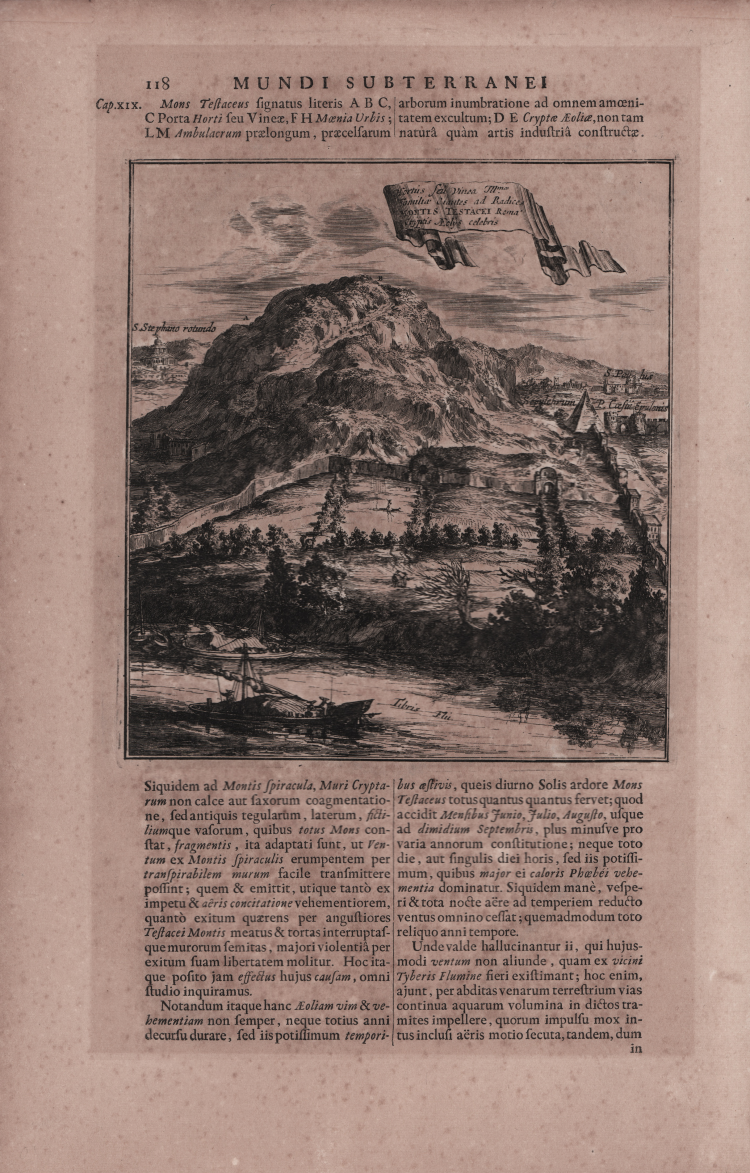



| Reference: | MMS1431 |
| Author | Athanasius KIRCHER |
| Year: | 1665 |
| Zone: | Testaccio |
| Printed: | Amsterdam |
| Measures: | 180 x 200 mm |


| Reference: | MMS1431 |
| Author | Athanasius KIRCHER |
| Year: | 1665 |
| Zone: | Testaccio |
| Printed: | Amsterdam |
| Measures: | 180 x 200 mm |
From Kircher's "Mundus Subterraneus".
In "Mundus subterraneus" Kircher describes a volcanic system that was in the core of the Earth, connected to the surface. This system was connected with a hydrosystem causing the movement of water to and from the surface - hence ocean currents, earthquakes, tides, and more.Kircher, a Jesuit scholar, was one of the first compilers of knowledge of the physical features of the world. Kircher's work is revolutionary and among the first serious scientific studies of this phenomenon.
General good condition.
Athanasius KIRCHER (Geisa 1601 circa - Roma 1680)
|
German Jesuit educated in Fulda, was one of the most remarkable men of his time, seemingly interested in every aspect of life. He was an expert on China and its languages; Egypt and Ethiopia and the source of the Nile; he translated oriental scripts and hieroglyphics; made a scientific study of the evolution of the earth and its physical features; he wrote a treatise on the reasons of magnetic compass variations; and, in the middle of all of that, found time to invent the magic lantern, for which he is probably best remembered. Maps in his book Mundus Subterraneus were the first to describe tides and ocean currents beside showing the sites of all volcanoes known at that time.
|
Athanasius KIRCHER (Geisa 1601 circa - Roma 1680)
|
German Jesuit educated in Fulda, was one of the most remarkable men of his time, seemingly interested in every aspect of life. He was an expert on China and its languages; Egypt and Ethiopia and the source of the Nile; he translated oriental scripts and hieroglyphics; made a scientific study of the evolution of the earth and its physical features; he wrote a treatise on the reasons of magnetic compass variations; and, in the middle of all of that, found time to invent the magic lantern, for which he is probably best remembered. Maps in his book Mundus Subterraneus were the first to describe tides and ocean currents beside showing the sites of all volcanoes known at that time.
|